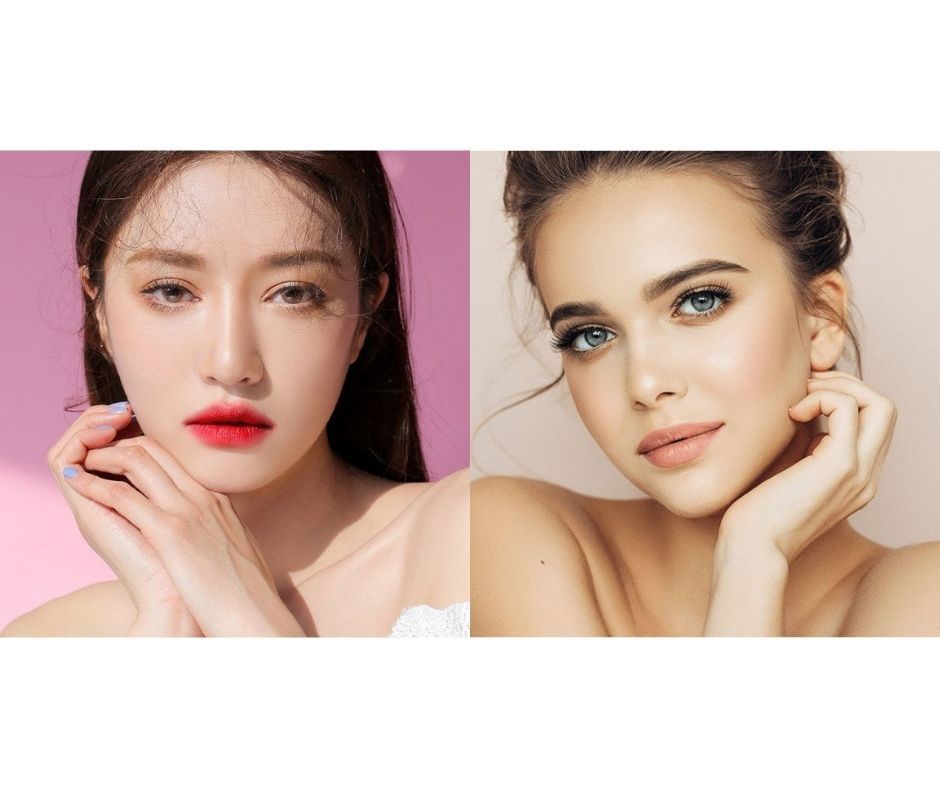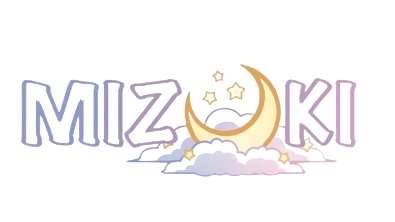
What's the difference between korean and western skincare
Share
You’ve heard about K-Beauty and the Korean skincare routine, but if you’re still confused about what all the fuss is about, read on.
Here’s how Korean skincare is different to western skincare and why you don’t want to miss out on what K-Beauty has on offer.
The Key Differences
From the ingredients in the products, to the formulations, packaging, approach and even their purpose, Korean skincare differs from western skincare in many ways.
Skincare vs Makeup
Whereas western cosmetics tend to focus on using makeup and application techniques to cover flaws, the Korean philosophy is that beauty begins with great skin. Korean products focus on skincare to fix any underlying problems rather than covering them up.
Consumer spending in Korea also reflects this preference, with an estimated 89% of Korean women spending their money on skincare rather than makeup.
Even Korean makeup products tend to focus on repairing skin issues (while covering up). Korean products often contain ingredients to make skin healthier. Skin79 is a great example of a Korean brand that blends makeup coverage with skincare properties.
Layering Products
Korean skincare focuses on soothing and nourishing the skin, making sure it is properly hydrated. Whereas western skincare focuses on exfoliating to reveal new skin, Korean skincare is all about putting nutrients back into the skin. Korean skincare adopts a more gentle approach, with less of a focus on scrubs, retinols and harsh acids.
Each product in a Korean beauty routine serves a specific purpose. It is designed to be softly applied, patted, tapped or massaged into the skin.
Another reason for Korea’s obsession with layering? The Korean weather, which is much more extreme than many western countries.
Korea has four very distinct seasons, featuring everything from scorching hot, humid summers to snowy winters, where temperatures drop below 20C.
These extreme weather conditions wreak havoc on skin. This is why a typical Korean skincare regime involves layering hydrating products to counteract the harsh environment.
SPF
Koreans take UV protection very seriously.
From their religious use of sunscreen and covering up when outdoors, to carrying umbrellas to keep out of the sun, Koreans highly prize fair skin. This is a historical preference that reflected the distinctions between the classes; whereas poorer women in the old days worked outdoors, the wealthy were able to avoid work and stay indoors, avoiding a tan.
The Korean preference for fairer skin is also evident in their beauty products, which are designed to make skin as clear and radiant as possible (known as “whitening”). Although “whitening” products do not contain bleaches, they do contain ingredients like niacinamide and glutathione, which even out skin tone and get rid of sunspots.
Deep Hydration
Koreans are obsessed with hydration.
They aim to make the skin look “chok chok” (which loosely translates to bouncy and soft). This serves a practical purpose as well – when skin is properly hydrated, it makes wrinkles and fine lines look less visible. This is also why there are so many layers of hydrating products in the Korean beauty routine.
Try Beauty of Joseon Ginseng Essence Water to get a hydration boost for all skin types.
Double Cleansing
Koreans believe in cleansing twice at night – once with an oil based cleanser, which is designed to get rid of the day’s makeup and once with a foam cleanser that is designed to remove any leftover impurities.
Ingredients and Formulas
Korean skincare focuses on using innovative and original ingredients and techniques, so that new products stand out amongst a sea of competition.
Recent trends have included snail mucin, galactomyces (yeast extract), bee venom, ginseng, fermented ingredients, centella asiatica and even lotus!
Price
Korean products are significantly cheaper than their western counterparts because manufacturing costs are lower in Korea.
There is also stiff competition between companies to offer the “best for less”. Beauty-obsessed Koreans are always on the lookout for the next “Big Thing” in skincare. In order to stay competitive, most brands keep their marketing costs low and products competitively priced.
Innovation
Innovation is key for Korean beauty labels, as there are thousands of companies competing against each other.
It is said that Korea is 10 years ahead of western skincare technology. There are multiple reasons for this, but a big one is that there is less red tape when it comes to bringing new skincare to the market. This has led to the introduction of new ingredients like bee venom and snail mucin.
